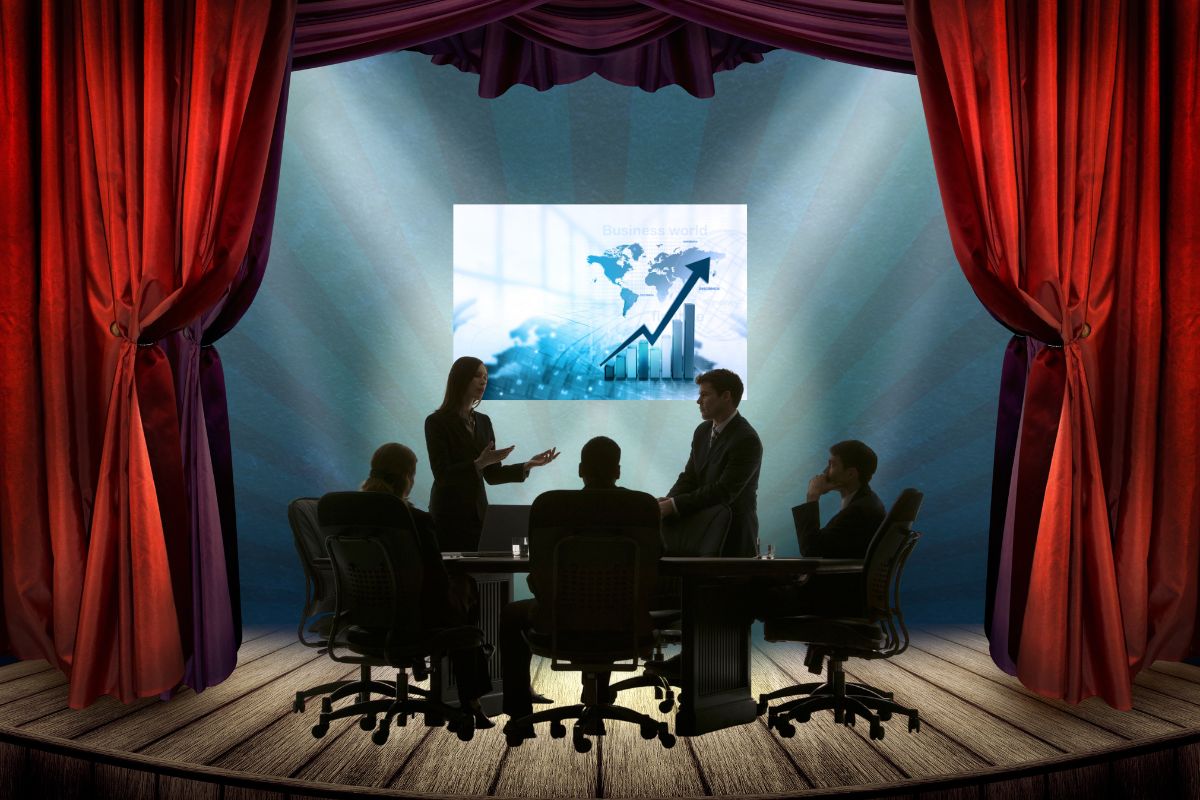Unlike many of the system failures that we write about in Meltdown, the test of SpaceX’s Starship vehicle and launch system wasn’t necessarily expected to succeed. Indeed, SpaceX CEO Elon Musk and former NASA astronaut Mike Massimino are hailing the launch as a success as defined by the data collected on (among other things) its points of failure.
That’s great—frustration is a sign of progress. SpaceX pushes boundaries by moving quickly when appropriate, and by learning from their mistakes when they’re met with failure. The history of spaceflight has been defined by troubleshooting, trial and error, and big explosions. Paying attention to failures and near misses is critical to effectively running complex systems like rocket ships.
But when complex systems fail, there’s usually not just a single factor to blame—it’s the result of an intricate web of interconnected problems within an organization. While Musk is free to chalk up the failures of the Starship launch to data collection, it may be worthwhile to pause a moment and ask ourselves: At what point is collecting evidence from failure more risky than it is valuable?
Is there more value in ignoring known precautions and observing an expected failure than there is in doing all that you can to get it right?
According to Space.com, SpaceX cut corners on the construction of the Starship launchpad, choosing not to add flame trenches around the pad or otherwise upgrade the site before launch, despite the rocket being much heavier than any rocket previously launched from that location.
Musk himself tweeted about the lack of upgrades all the way back in 2020.
“Aspiring to have no flame diverter in Boca, but this could turn out to be a mistake.” -October 7, 2020.
The Space article also states that while SpaceX was in the process of building a water-cooled, steel plate to go under the rocket mount, it was not completed in time for the scheduled launch date. Rather than reschedule, Musk chose to press on without it.
It is true that much was learned from Starship’s failure, but more could have been learned from its success, and to top it off, the launch damaged property and scattered debris across a nature preserve and nearby residential areas. One car was even hit by a flying chunk of concrete!
Psychological Safety
A critical component of learning in complex systems is psychological safety. This concept refers to an environment where team members feel secure in speaking up, sharing concerns, and offering potential solutions without fear of retribution. Psychological safety encourages open communication, collaboration, and innovation—essential elements for organizations to learn from mistakes and continuously improve. When employees feel comfortable expressing their thoughts and concerns, organizations are better equipped to identify potential risks and proactively address them.
As I read about Starship’s “rapid unscheduled disassembly,” I wondered: do engineers at SpaceX feel psychologically safe?
SpaceX is known for innovation and experimentation, but what do its engineers think as they watch Musk break contracts, attack journalists, and fire senior engineers and executives who challenge his role as CEO of Twitter? Does this management behavior carry over to SpaceX?
Employees who feel psychologically safe are more likely to share their ideas, question existing processes, and collaborate to find innovative solutions. In complex systems, where unpredictability and interdependence are inherent, this open communication is vital for anticipating potential risks and managing them effectively.
Organizations that lack psychological safety may struggle to identify and address issues in a timely manner, increasing the likelihood of accidents and failures. This makes cultivating psychological safety not just a matter of good leadership, but also a strategic imperative for organizations operating in complex environments (which is almost every organization these days).
Beyond the scope of avoiding system failures, psychological safety also provides numerous benefits for both employees and organizations. Research has consistently shown that when employees feel psychologically safe, they exhibit higher levels of job satisfaction, engagement, and performance. This translates to reduced employee turnover, increased productivity, and overall better organizational outcomes.
Furthermore, a psychologically safe environment fosters creativity and innovation, allowing organizations to adapt and evolve in a rapidly changing world. By promoting psychological safety within their teams, leaders can not only prevent large-scale failures but also create a positive and productive work environment that supports long-term success.
Even if you’re not the CEO of multiple companies, there’s a lesson we can all take from this—psychological safety is an ongoing process. If you encourage someone to speak up in one setting but respond with anger and belittle someone in another, you aren’t building psychological safety.
To create psychological safety, get curious instead of getting frustrated.
Get curious about the context that informs your teams’ decisions.
And if you’re in an urgent crisis, simply listen and ask “How can I offer support?”
Do you lead a team undertaking daunting, complex work that requires creativity and innovation? If so check out Meltdown. Download your free sample chapter here.





